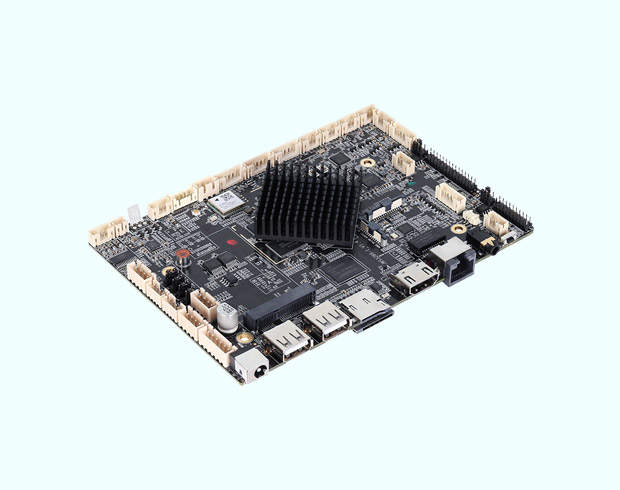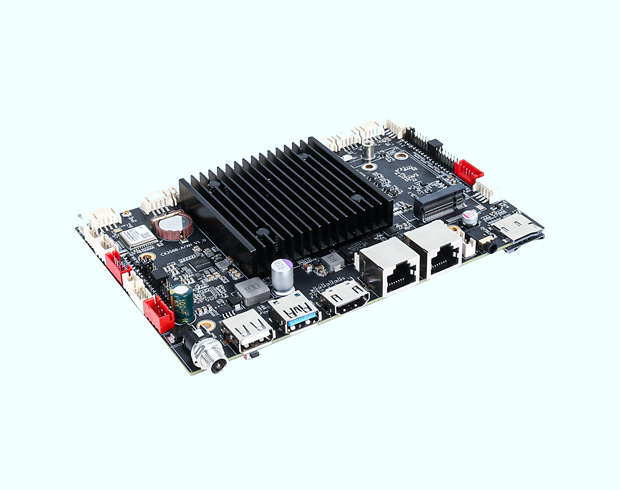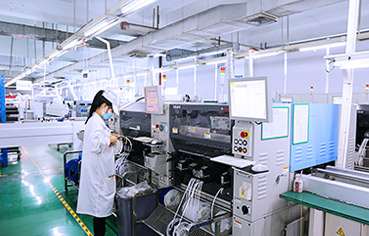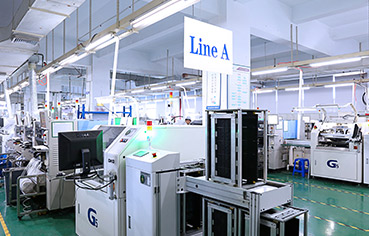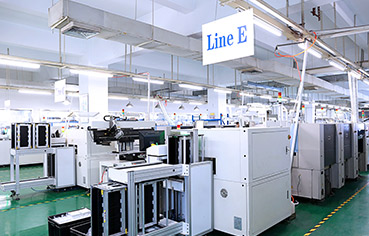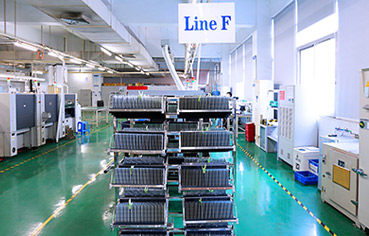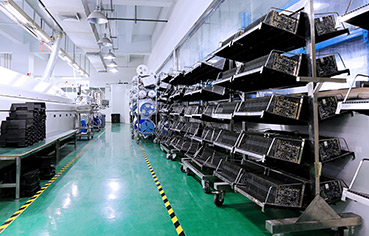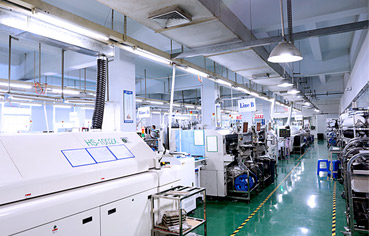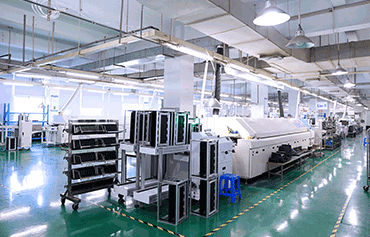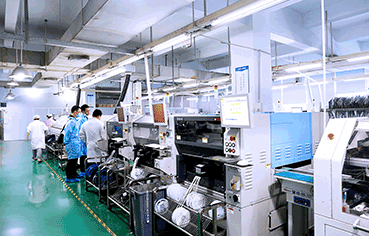Optimal Android Motherboard Solution for Smart Home Integration
With its advantages of high stability, strong expandability, wide environmental adaptability and the openness of the Android system, the industrial Android motherboard is gradually replacing the traditional consumer-grade motherboard and becoming the preferred solution for the core control layer of smart home. Relying on its industrial-grade hardware design and flexible software adaptation capabilities, it can cover the full-link needs from single-scenario control to the whole-house smart hub, providing reliable underlying technical support for smart home.
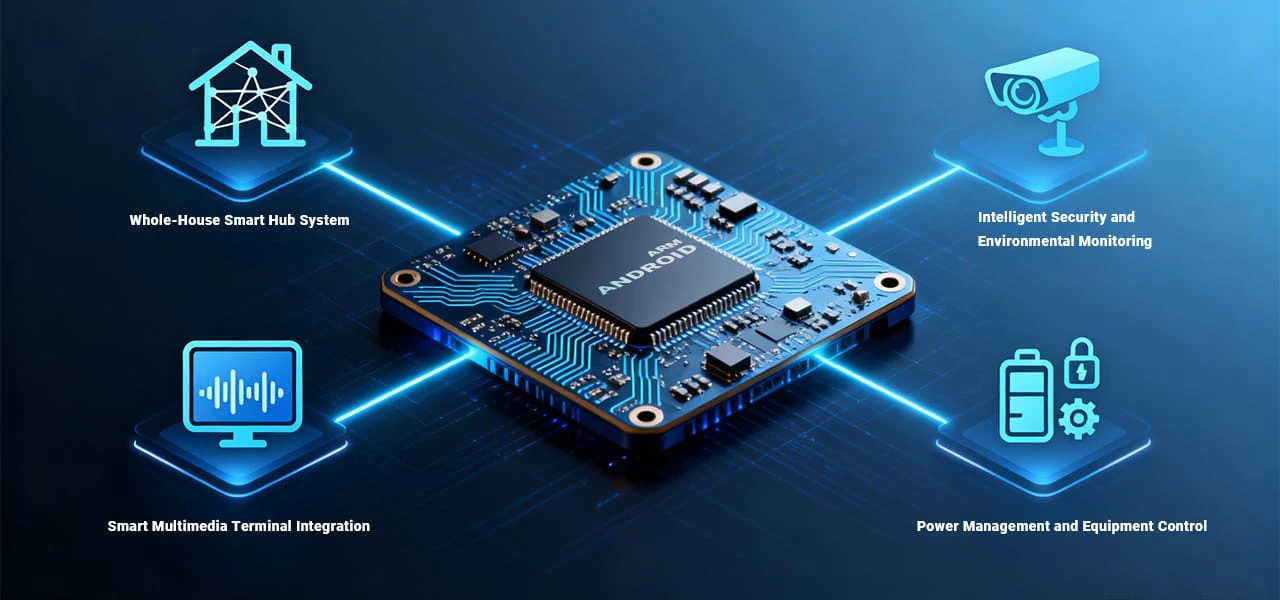
Whole-house Smart Hub System
The Whole-house smart hub system is to realize multi-device collaboration, scenario linkage and remote management. Industrial Android motherboard becomes the “smart brain” connecting various terminals by integrating multi-protocol communication and high-performance processing capabilities.
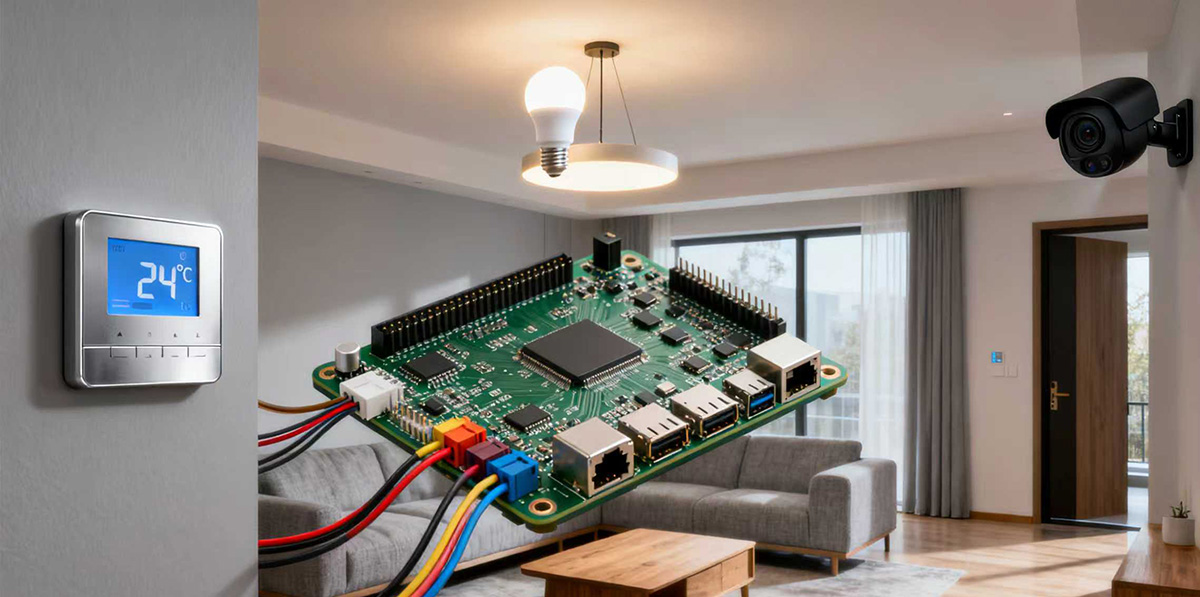
Technical Implementation: Select an industrial Android motherboard equipped with flagship System on Chip (SoC) such as Rockchip RK3588, and rely on its multi-core processing capability to support protocol conversion and data scheduling. The motherboard needs to integrate wireless communication modules such as Zigbee 3.0 and Z-Wave, and connect wired devices through industrial interfaces such as RS485 and General Purpose Input/Output (GPIO) to realize unified access and management of more than 200 smart terminals. Equipped with 8GB RAM + 64GB storage or higher storage combination, it can store device operation logs and scenario configuration files, and support local computing power deployment to ensure that scenario linkage is not affected when the network is disconnected.
The smart hub built with the motherboard enables one-click activation of the “Home Mode” — after the door lock is unlocked, it automatically links to gradually brighten the lights, adjust the air conditioner to a preset temperature, and open the curtains. Meanwhile, the industrial-grade hardware watchdog function prevents control failures caused by system crashes. It supports integration with enterprise ERP/MES systems or home cloud platforms, realizing real-time synchronization of energy consumption data and remote monitoring of device status.
Intelligent Security and Environmental Monitoring System
Security and environmental monitoring have extremely high requirements on equipment stability and response speed. The wide-temperature operation and fast startup of industrial Android motherboards can meet the 7×24-hour uninterrupted protection demand.
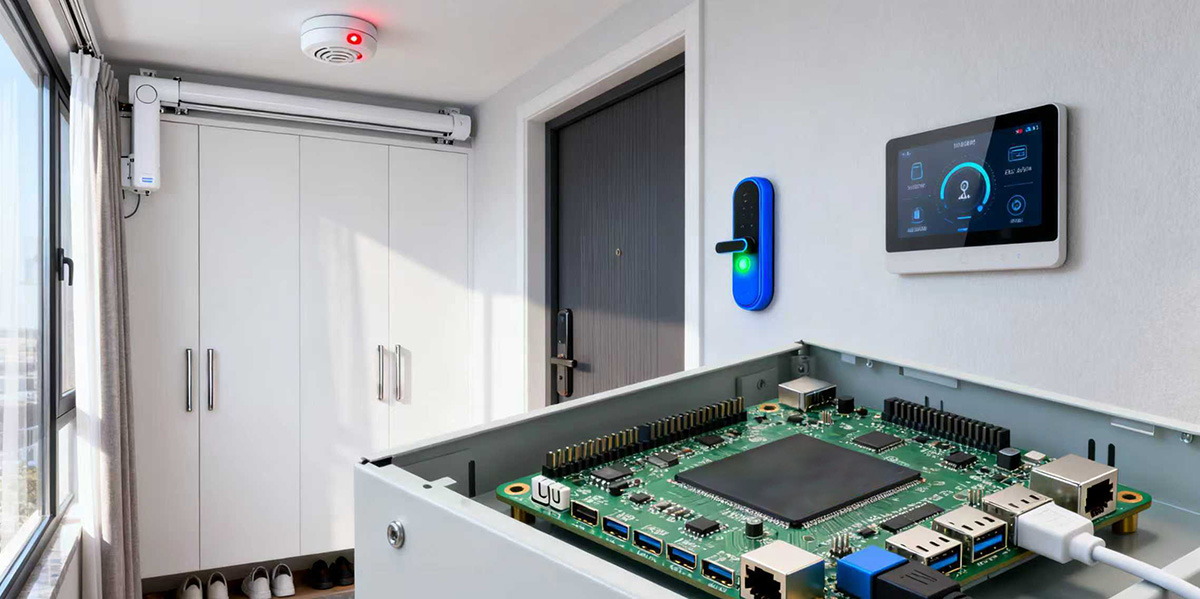
Technical Implementation: Adopt a motherboard with -40℃~+85℃ wide-temperature operation capability, match with Mobile Industry Processor Interface (MIPI) high-definition camera module, support 1080P and above resolution video acquisition and H.265 hardware decoding. By integrating peripheral devices such as infrared sensors, smoke alarms and temperature-humidity sensors, real-time data collection is realized through the Analog-to-Digital Conversion (ADC) interface of the motherboard. When an abnormality is detected, alarm information is pushed to the user’s mobile phone in real time through 4G/5G module (expanded by Mini PCI Express slot).
Typical Application: After the intelligent access control terminal is equipped with an industrial Android motherboard, it can integrate face recognition algorithm and Near Field Communication (NFC) card swiping module to realize fast identity verification and door opening command response, with touch response delay as low as 8ms. In the environmental monitoring system, the motherboard corrects the deviation of sensor data under extreme temperature through temperature domain compensation algorithm, ensuring monitoring accuracy in the range of 5%~95% Relative Humidity (RH), and automatically links the fresh air system to adjust the indoor environment.
Multimedia Smart Terminal Integration
Devices such as smart central control screens and audio-visual entertainment terminals need to balance interactive experience and long-term stable operation. The multimedia processing capability and durability of industrial Android motherboards can meet such needs.
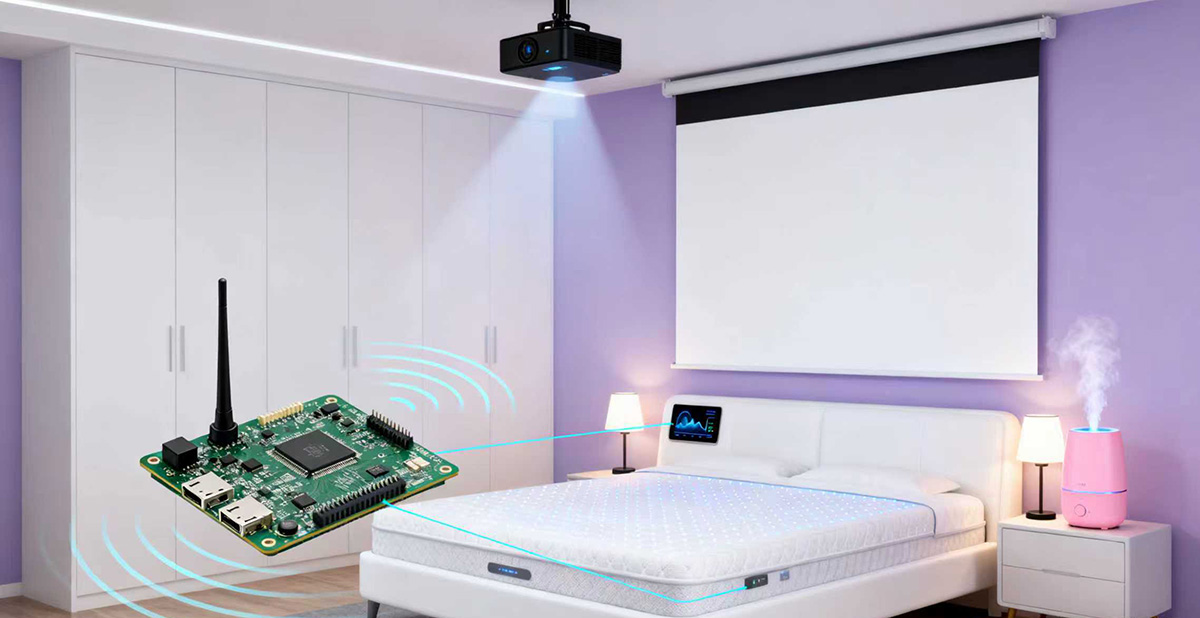
Technical Implementation: Select an industrial Android motherboard that supports 4K decoding and dual-screen different display, connect the touch screen through display interfaces such as High Definition Multimedia Interface Output (HDMI OUT) and Low-Voltage Differential Signaling (LVDS) to realize device status visualization and operation interaction. With on-board audio interface and power amplifier circuit, integrate voice recognition module to support “voice control + touch operation” dual interaction mode. Adopt closed fanless design and aluminum alloy shell to reduce the impact of dust accumulation on device life, and adapt to different home scenarios such as living room and bedroom.
Typical Application: After the kitchen smart central control screen is equipped with an industrial Android motherboard, it can display recipe tutorials and refrigerator storage status at the same time, and control the range hood switch through voice commands. The low-power design of the motherboard can realize standby power consumption <0.1W, balancing energy saving and response speed.
Power Management and Equipment Control
In response to the refined control needs of power-consuming equipment such as lighting and HVAC, industrial Android motherboards can realize precise scheduling and energy efficiency optimization, helping to build a green home.
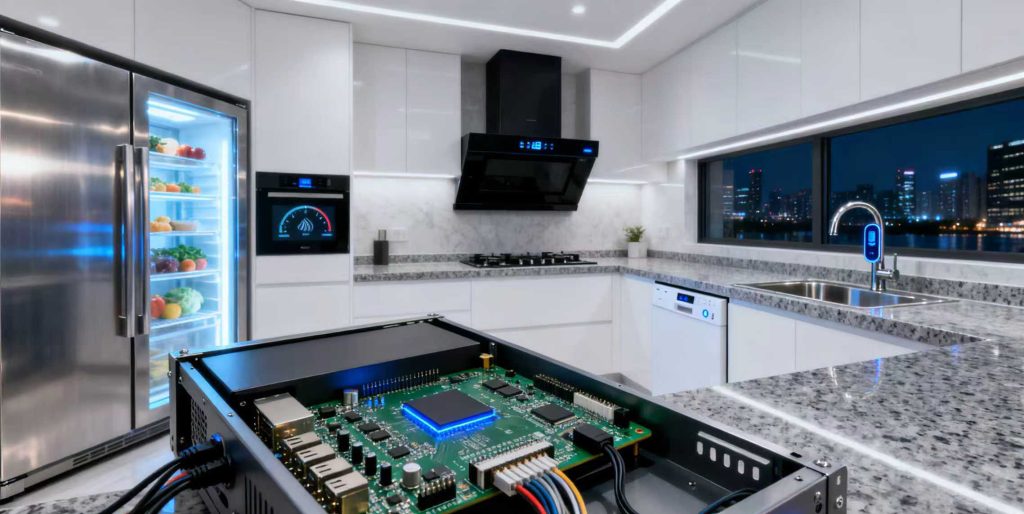
Technical Implementation: Connect smart switches, electricity meters, wall-hung boilers and other equipment through multiple Universal Serial Bus (USB) and serial ports of the motherboard, and realize data interaction and command issuance based on Modbus TCP protocol. Use the computing power of the motherboard to run power consumption analysis algorithms, and automatically adjust the equipment operation strategy according to peak-valley electricity prices and usage habits. Support wide-voltage (DC 12V-36V) power supply design to adapt to different home power supply environments, and dual-power supply redundancy function can avoid equipment abnormalities caused by sudden power failure.
Typical Application: In the intelligent lighting system, the motherboard automatically adjusts the light brightness and switch state according to the light sensor data and user schedule, and records the power consumption data of each area to generate visual reports. By docking with the photovoltaic system, intelligent scheduling of priority use of clean energy is realized.
A smart home solution provider used Touchfly industrial Android motherboard CX3588-A to build a whole-house smart hub. The motherboard is equipped with Rockchip RK3588, integrates dual network ports and Zigbee module, and realizes unified management of more than 150 smart devices. Combined with AI vision system, it can automatically identify family members and trigger personalized scenarios. After the scheme was deployed, the customer’s equipment failure rate dropped from 25% to 0.5%, production efficiency increased by 40%, and it also met the silent operation requirements of pharmaceutical-grade clean home environment.
Industrial Android motherboards are reshaping the underlying architecture of smart home through technology sinking. Their comprehensive advantages in reliability, expandability and cost control will promote the popularization of whole-house intelligence from the high-end market to the mass market, bringing users a more stable and intelligent home experience.

